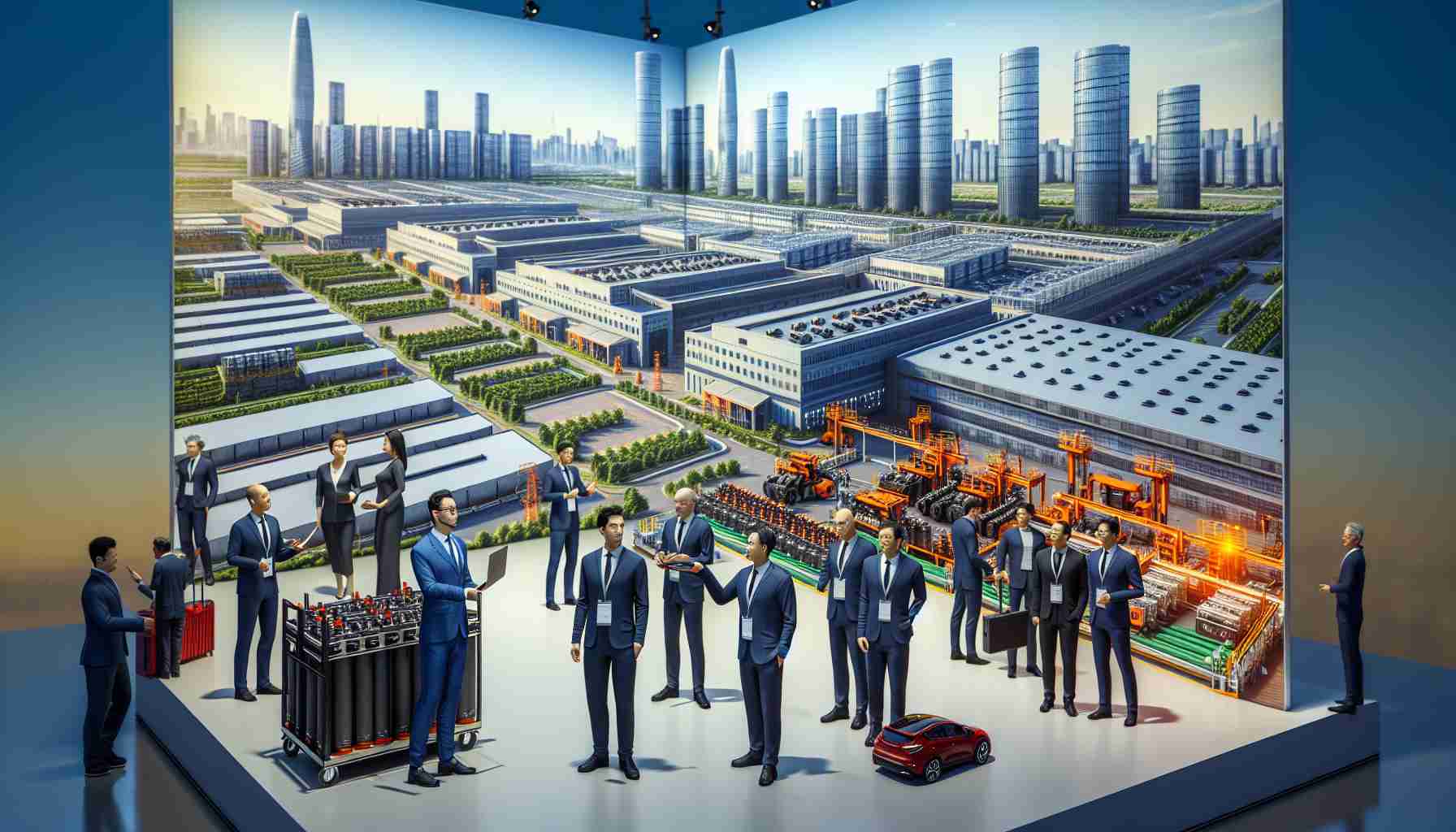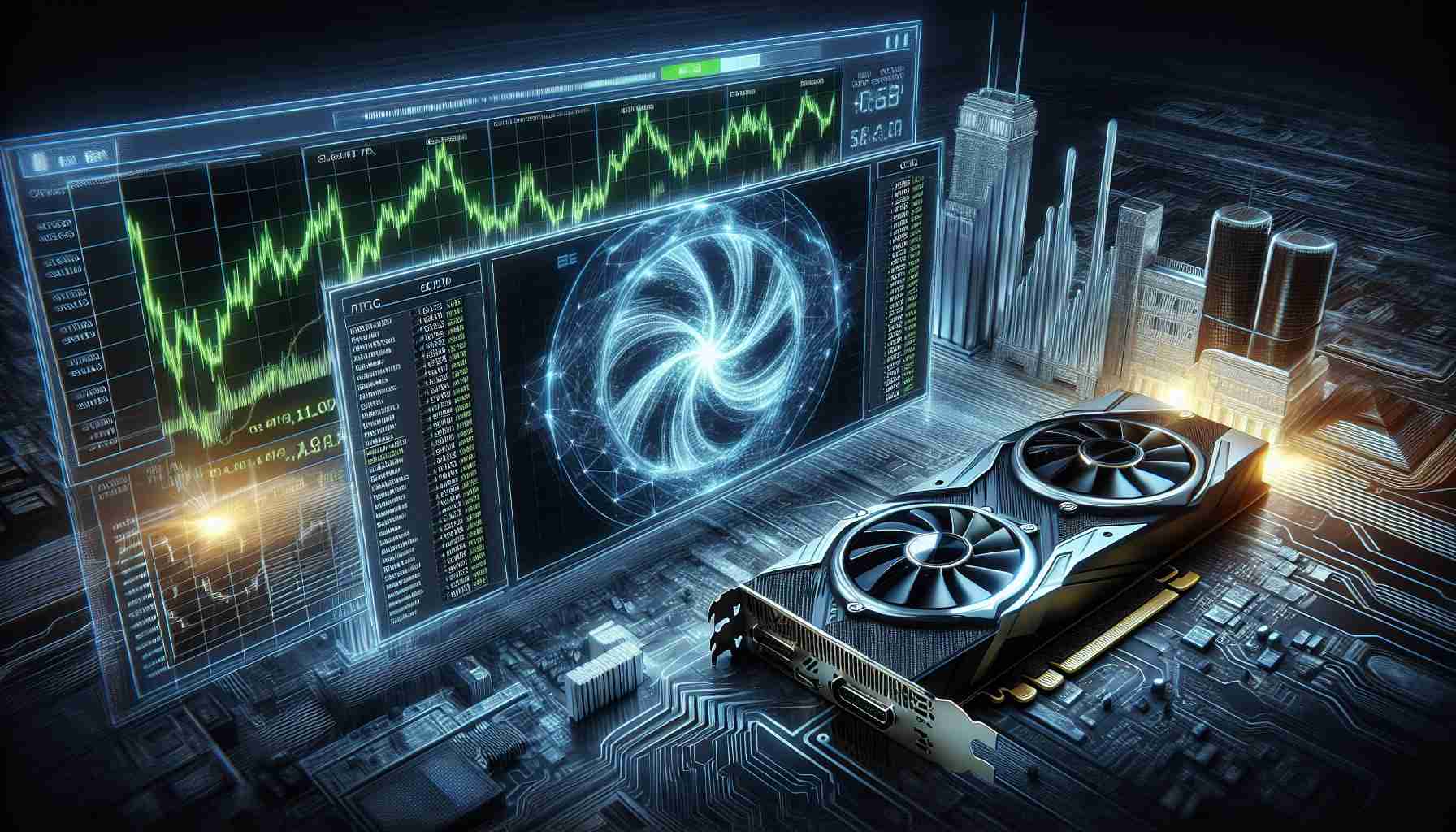- CNGR Morocco New Energy has launched EV battery production in Morocco to cater to European and North American demands.
- Located near Jorf Lasfar port, the facility focuses on producing nickel-based precursor cathode materials.
- This initiative is part of a $2 billion investment aimed at developing a comprehensive industrial framework for battery materials.
- Future plans include expanding production to lithium-iron phosphate (LFP) materials and advanced battery recycling techniques.
- The plant is projected to power over 1 million electric vehicles annually.
- This expansion enhances Morocco’s role in the EV supply chain and underscores the growing impact of Chinese firms in global markets.
In a bold strategic move, Chinese electric vehicle (EV) battery manufacturer CNGR Morocco New Energy has launched production in Morocco, gearing up to meet surging demand in Europe and North America while skillfully sidestepping heavy tariffs. This ambitious initiative unfolds in a state-of-the-art facility near the bustling Jorf Lasfar port, which began producing nickel-based precursor cathode active materials (PCAM) just a few months ago.
This construction is part of an expansive $2 billion investment aimed at establishing a robust industrial framework that encompasses everything from ternary precursors to lithium-iron phosphate and battery recycling. By initiating production of nickel-cobalt-manganese (NCM) battery materials, COBCO—the joint venture of CNGR and African investment fund Al Mada—has positioned itself as a key player in the competitive landscape of global battery components.
With the demand for sustainable energy solutions skyrocketing, the plant’s potential is massive. Future expansions are on the horizon, including the production of LFP cathode materials and innovative recycling techniques that could dramatically enhance production capacity. It’s estimated that this facility will ultimately be able to power over 1 million electric vehicles each year!
As the race to electrify the automotive industry heats up, this significant development not only bolsters Morocco’s position as a critical player in the EV supply chain but also highlights the increasing influence of Chinese companies in global markets. Keep an eye on this emerging powerhouse—as it propels the future of renewable energy forward!
CNGR’s Moroccan Venture: A Game-Changer for the EV Battery Industry!
As electric vehicle (EV) adoption accelerates worldwide, CNGR Morocco New Energy is making waves with its state-of-the-art battery production facility located near the Jorf Lasfar port. This facility not only aims to meet the growing demands in Europe and North America but also stands as a testament to Morocco’s expanding role in the global EV supply chain. Here are key insights and relevant information regarding this strategic initiative.
Key Highlights and Features
1. Investment and Expansion: The total investment of $2 billion signifies a comprehensive approach to building an industrial framework that supports the production of a wide array of battery materials—from ternary precursors to lithium-iron phosphate (LFP) cells.
2. Production Capabilities: The facility specializes in producing nickel-cobalt-manganese (NCM) battery materials and is set to introduce LFP cathode materials, which are critical for different types of EV batteries.
3. Recycling Innovations: Innovative techniques for battery recycling are planned, which could set new standards in sustainability within the EV industry, minimizing waste and reusing valuable materials.
4. Market Impact: The plant’s production capacity is projected to power over 1 million electric vehicles annually, marking a significant shift in the supply chain dynamics of the EV market.
5. Geopolitical Significance: By overcoming tariff obstacles, CNGR and its joint venture COBCO are positioning themselves strategically within the competitive landscape of global battery components, reflecting China’s growing influence in the EV industry.
Pros and Cons of CNGR’s Moroccan Production
Pros:
– Enhanced EV battery supply chain security for Europe and North America.
– Significant job creation in Morocco’s industrial sector.
– Positive environmental impact through battery recycling innovations.
Cons:
– Dependency on geopolitical stability in the region.
– Competition with established battery manufacturers in Western markets.
– Potential supply chain disruptions due to global economic fluctuations.
Market Forecast and Trends
With the shift toward electrification of vehicles, it is envisioned that the global demand for EV batteries could increase dramatically. Analysts predict that by 2030, the market for battery materials will reach unprecedented levels, particularly as countries push for greener technologies.
Important Questions
1. How does CNGR’s facility in Morocco compare to existing battery production sites in Europe?
CNGR’s facility is strategically positioned to serve European markets, offering competitive pricing by avoiding tariffs. It leverages Morocco’s geographical advantage and access to raw materials.
2. What innovations in battery recycling are expected from CNGR?
CNGR is focusing on advanced recycling methods that allow for the recovery of lithium, cobalt, and nickel from used batteries, promoting a circular economy in the EV industry.
3. What is the long-term vision for the CNGR production facility in Morocco?
The long-term vision includes continuous expansion into producing diverse battery materials and establishing Morocco as a leading hub for sustainable EV battery production, contributing significantly to local and global markets.
For further insights and updates, visit CNGR’s official website.














